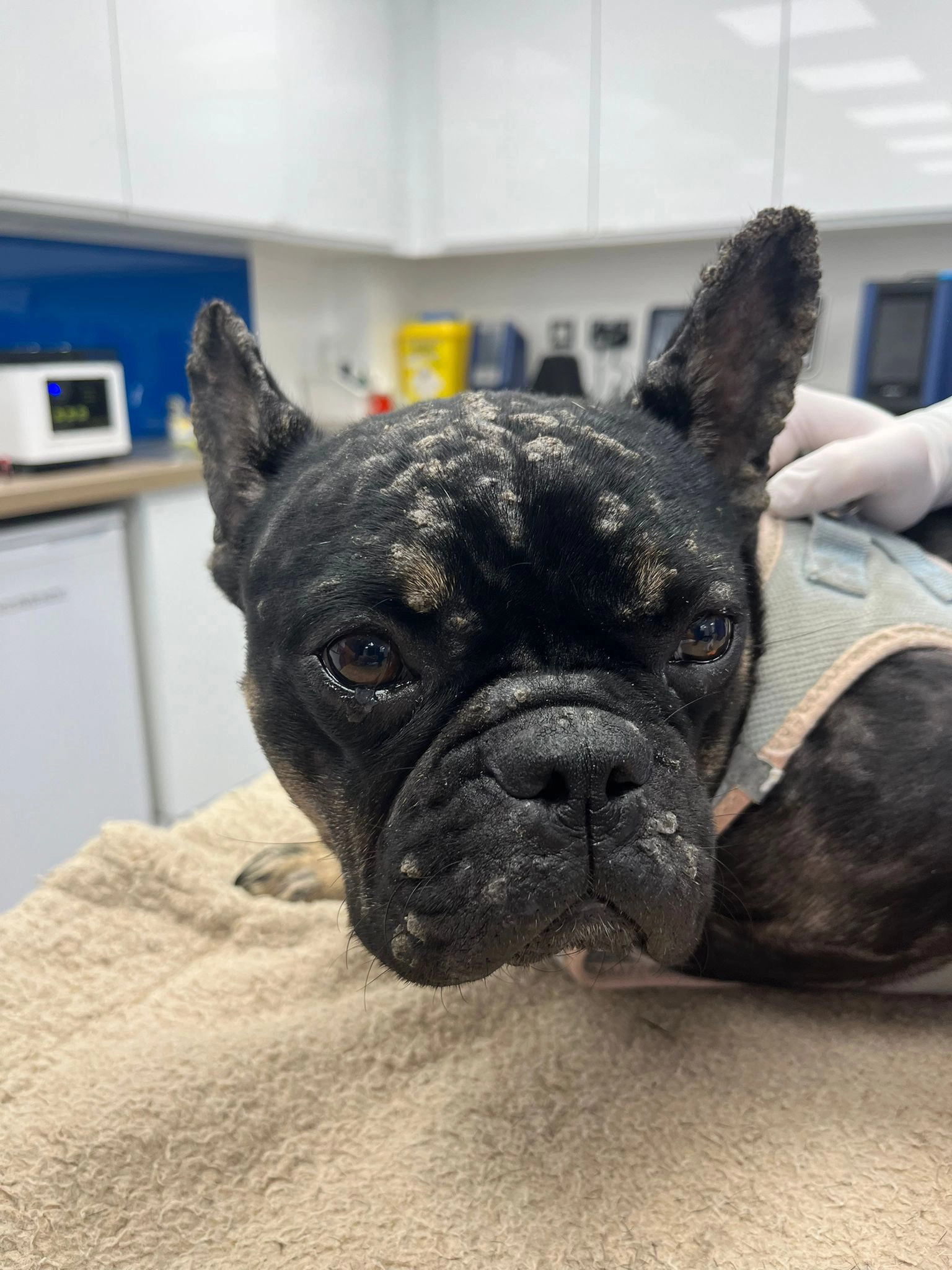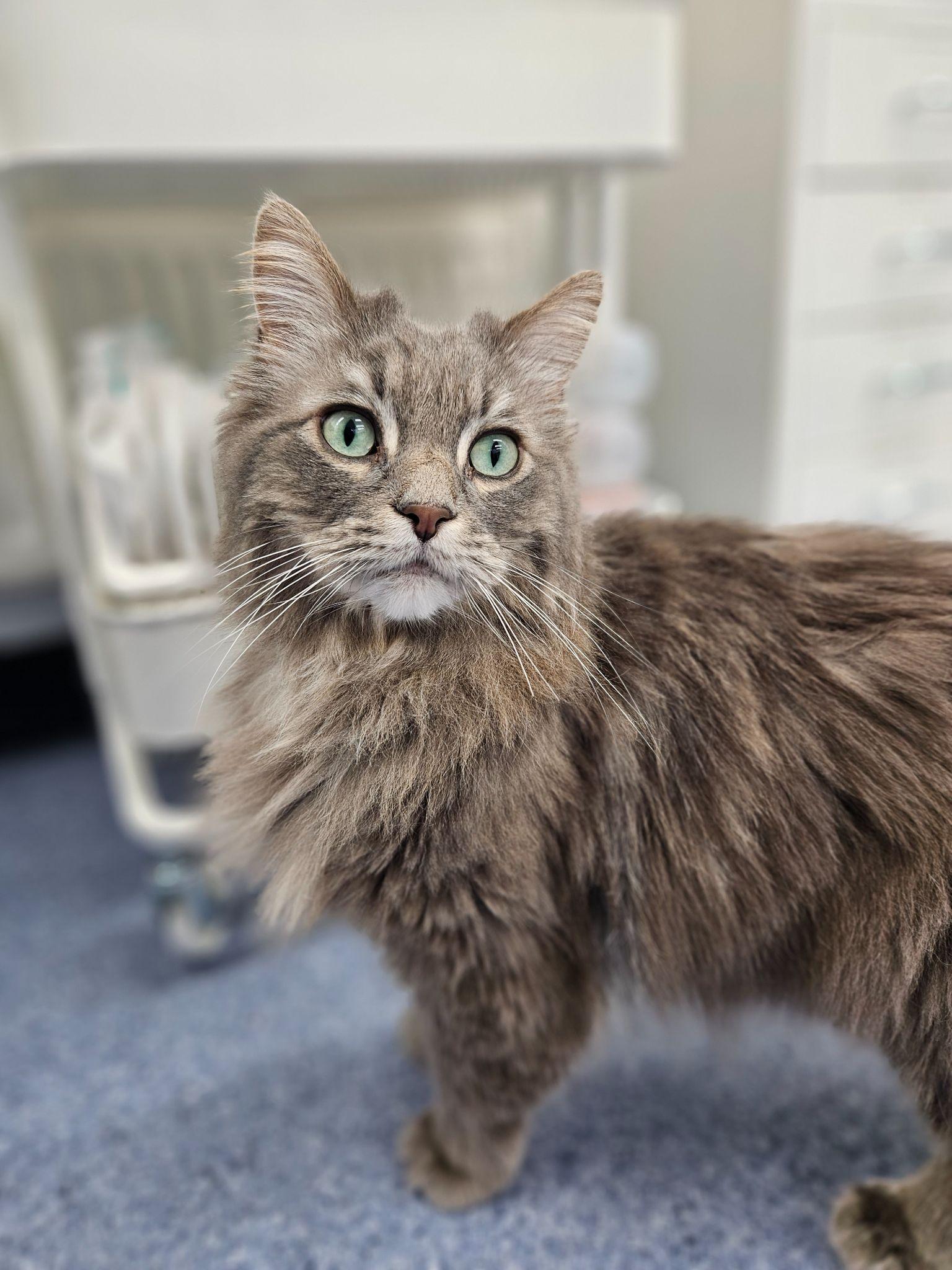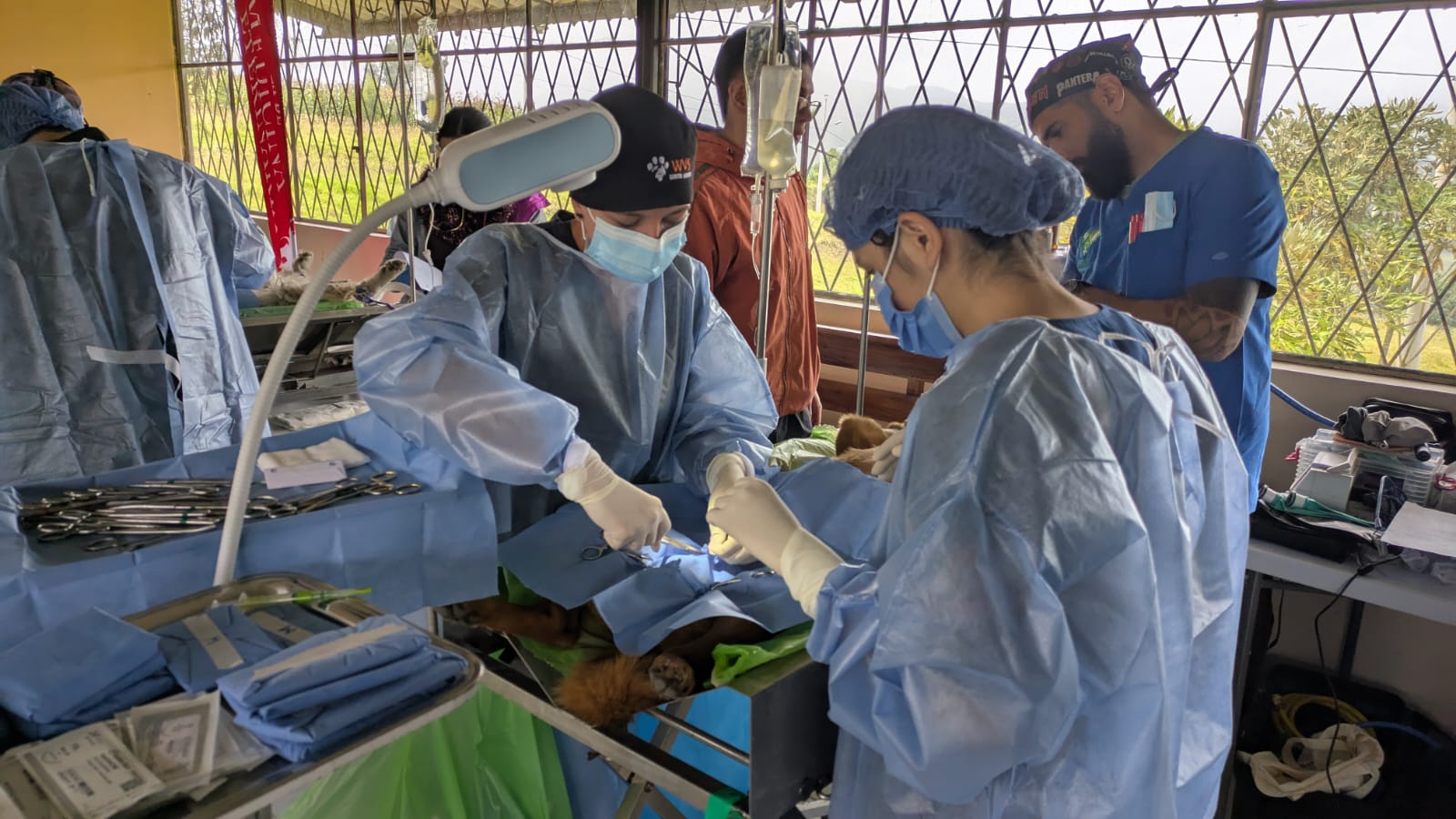As a pet owner, you will eventually run into an emergency with your pet; it’s almost a fact of life. Be they big or small, the pet or the emergency, it always pays to be prepared for any and all scenarios. Applying the correct First Aid in the correct way gives your pet the best chance at making it to a Vet where they can start to work their magic (it is a little-bit magic, maybe 10%).
Nobody wants their pet to suffer any harm, but there is a Japanese proverb that crosses my mind at least once a day: It’s better to be a warrior in a garden than a gardener in a war. Better to have a plan and not need it than need a plan and not have one. With that being said, the intention of this guide is to prepare you for the idea of having an emergency and what to do should the occasion arise.

The Tools for the Job:
Every warrior needs a sword and every gardener needs a trowel. When thinking of your pet first aid kit, picture in your mind’s eye, a potential emergency; what would you need most? What could you not do without? What would be most useful for your pet? You can’t predict what type of emergency you’ll find you and your pet in, but you can be ready for most, if not all of them with a few, simple, universal first aid supplies. Get a decent sized box, label it clearly and have a place to put it that is easily accessible. Once you get that far, we recommend putting the following into or having near it:
• Bandages – a roll of self-adhesive or crepe bandage.
• Conforming/open-weave bandages.
• Some non-adhesive absorbent dressings to cover open wounds.
• Surgical sticky tape.
• A box of cotton wool.
• A box of sterile absorbent gauze.
• Blunt ended scissors, preferably curved.
• A thick towel that smells like you.
• A muzzle for a dog.
• A carrier for a small animal or cat.
Unfortunately, the last thing you’ll need is something you can’t put in a box; it is something that must come from you. In an emergency your pet will be frightened, hurt and want to hide somewhere in order to lick their wounds. When they look to you for help, you must be calm and ready to act. Panic never does anyone any good and it is the same here. Stay focused on the task at hand, apply the best aid you can and begin getting your pet ready to be transported to a Vet.
First Aid for Dogs:
Depending on the type of emergency you find yourself in, there are a few key things you need to keep in mind when dealing with an injured dog, even if it’s your own. Approach carefully and speak to the dog in a calm voice. When you’re close enough you can then investigate the wound or injury. Once you know the severity of the damage you can then go for your first aid box and begin applying whatever aid you can. Once you’re sure you’ve done all you can, phone your Vet and tell them the nature and location of the injury and when they should expect your arrival. Tell them whatever information you can about the dog (breed, weight, age, size, temperament, etc…). Next you should begin preparing your dog for travel. Attach their lead, muzzle them if necessary and carefully put them in a car. If a car isn’t an option, you can fashion a makeshift stretcher out of two brushes and a blanket to carry your dog to the nearest Vet. Once you and your dog make it through the doors, the Vet will take it from there and you can rest easy knowing you’ve done everything right. Well done!

First Aid for Cats and Small Animals:
In the same way you would approach your dog, approach the animal and investigate the severity of the wound. While you may think a nick or scrape might be harmless for a dog, smaller animals have a lot less blood in their bodies, so profusely leaking wounds can often lead to complete exsanguination in a matter of hours. Once the wound has been assessed, apply any necessary first aid and begin preparing the animal for transport to your local Vet. Again, if you do not have access to a car, a simple box or drawer padded with a blanket can be used to transport the animal on foot to the nearest Vet.
Special Situations:
Unfortunately, not every accident or emergency can be countered (partially or otherwise) by the application of first aid. Some will require you to head straight to the Vet. Below we have listed some of these situations, so you don’t waste any time in seeing a specialist.
• Impact with road traffic, even if the animal appears to be fine.
• Hazardous chemical exposure, either ingested or external contact.
• Chocolate ingestion (theobromine).
• Cuts or bites to the face and neck.
• Bodily swelling or bloating with no obvious cause.
• Lumps, bumps and growths that you feel unsure of.
• Prolonged constipation or diarrhoea.
Emergencies are a part of life. They will happen to all of us at one point or another and all we can do is prepare and be prepared for them. For that reason, we are one of the only Vets in Dublin and Meath with a dedicated emergency service available 24 hours a day and 7 days a week. To find out more about this service (preferably not during an emergency), click here. Otherwise, call 01 825 1125 for our Meath and North Dublin clinic, or 01 298 7510 for our South Dublin clinic.
Auf Widersehen, animal aficionados.




